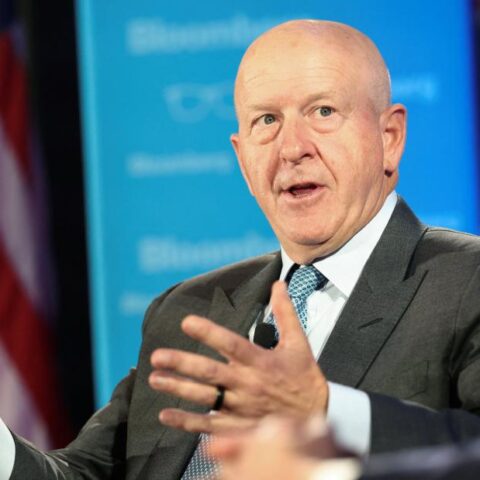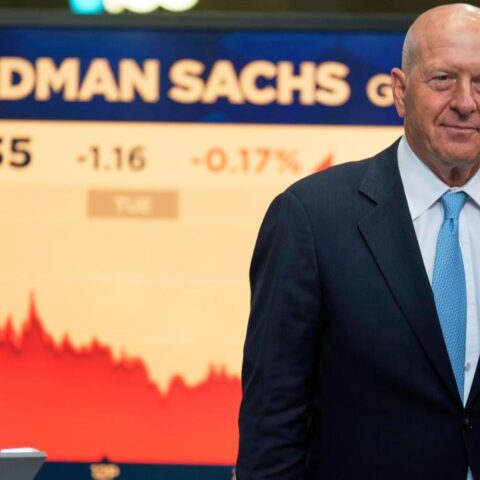Goldman Sachs’ profit more than doubled in the second quarter, surpassing analysts’ estimates due to robust debt underwriting and fixed-income trading. However, the profit slipped from the bumper first quarter when earnings were the highest since 2021.
The resilience of the U.S. economy has given corporate executives the confidence to pursue acquisitions, debt sales, and stock offerings. “We remain well-positioned to benefit from a continued resurgence in activity,” said Goldman CEO David Solomon.
Modest Rise in Shares:
Shares climbed as much as 2.3% to a record high before paring gains to rise 0.3% in late morning trading. The modest rise is partly because the bank’s investment banking gains fell short of those of peers, including JPMorgan Chase and Citigroup. Earnings rose to $3.04 billion, or $8.62 per share, for the three months ended June 30, about 3% higher than analysts’ average expectation of $8.34 per share.
Goldman’s investment banking fees rose 21% to $1.73 billion in the quarter. Fees earned from advising on mergers and acquisitions (M&A) jumped 7%, while debt and stock underwriting climbed 39% and 25%, respectively. On Friday, JPMorgan reported a 46% jump in investment banking revenue, which jumped 60% at Citigroup.
Refocus on Wall Street:
Goldman’s profit in the second quarter of last year was also hit by writedowns related to GreenSky, a fintech business that Goldman has since sold. After its foray into consumer banking flopped, Goldman has refocused on its traditional mainstays—investment banking and trading.
This year marks the 25th anniversary of Goldman’s initial public offering, the same year Solomon joined the firm. Investors have supported Goldman’s attempt to refocus on its Wall Street operations, pushing the Wall Street titan’s stock up 24.4% this year.
Trading and Asset Management Performance:
Goldman’s revenue from fixed income, currency, and commodities (FICC) trading rose 17%, boosted by FICC financing or loans to private equity investors and other large market participants. FICC financing revenue climbed 37% to $850 million.
Equities trading revenue increased 7%, including financing activities. The asset and wealth management unit, which manages money for wealthy and institutional clients, reported revenue in the second quarter rose 27%. The bank oversees $2.93 trillion of assets.
Platform Solutions, which houses some of Goldman’s consumer operations, reported 2% higher revenue. The bank’s provisions for credit losses were $282 million for the second quarter, compared with $615 million a year earlier.
Stock Buybacks and Regulatory Talks:
Goldman’s Chief Financial Officer Denis Coleman told analysts the bank plans to “moderate” its stock buybacks. In the second quarter, the bank bought back $3.5 billion worth of its own stock.
The bank is also in talks with regulators about its recent results in the Federal Reserve’s annual health check, the so-called “stress test.” Goldman had one of the biggest increases in stress capital buffers at 94 basis points.
“The year-over-year increase in our stress capital buffer does not seem to reflect the strategic evolution of our business and the continuous progress we’ve made to reduce our stress loss intensity,” Solomon said.




















